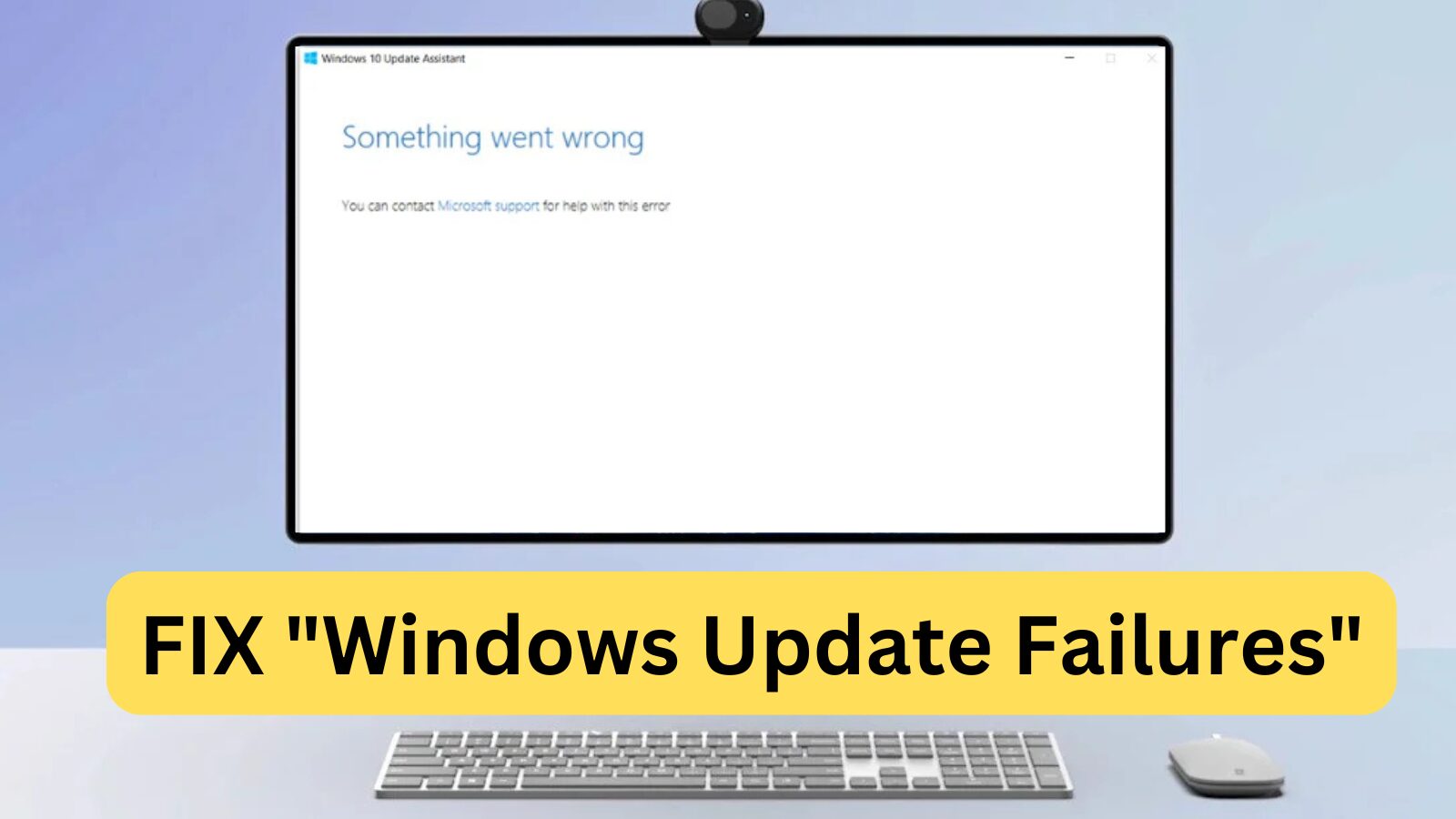Windows 10, one of the latest and most popular operating systems, is widely used around the globe. However, many users face issues with Windows Update failing repeatedly, preventing them from updating the system. This can be caused by various factors. If you’re struggling with the Windows Update keeps failing issue, this article provides detailed troubleshooting steps to help you resolve the problem and get your updates back on track.
Keeping Windows 10 updated is crucial for security and performance. Microsoft releases regular updates to fix bugs, enhance features, and patch security vulnerabilities. However, many users encounter Windows Update errors like “Windows Update failed to install” or “Install failed,” and some even experience updates that get stuck without error messages. This guide will help you troubleshoot these issues and get your Windows updates working smoothly again.
What Causes the Windows Update Failing Error?
There are several factors that could cause Windows Update to fail. Below are some of the common reasons users encounter this issue:
- Corrupt or Missing System Files: If crucial system files are damaged or deleted, it could prevent updates from working properly.
- Outdated Drivers: Outdated drivers for hardware components, such as network or graphics cards, can interfere with Windows Update.
- Issues with the Windows Update Service: Sometimes, the update service itself may be malfunctioning, causing Windows Update to fail.
These are just a few of the potential causes. You may experience this issue due to other, more specific reasons related to your device. However, by following the troubleshooting methods provided below, you’ll be able to resolve this error regardless of its origin.
Note: You will be required to use an administrator account to be able to perform all of the steps described below.
8 Methods to Fix Windows Update Failing Errors:
- Run the Windows Update Troubleshooter: Use this built-in tool to detect and fix issues automatically.
- Restart Windows Update Services: Restarting update-related services may help.
- Reset Windows Components: Revert Windows components to default to resolve issues.
- Run the System File Checker (SFC): Repair missing or corrupt files with this tool.
- Execute the DISM Command: Repair Windows images and fix errors.
- Temporarily Disable Antivirus: Sometimes, antivirus software can block updates.
- Restore Windows 10 from Backup: Roll back to a stable version if needed.
- Update the Operating System: Ensure your system is up to date for smoother operation.
#1. Run the Windows Update Troubleshooter tool
Each step can help troubleshoot and resolve Windows Update errors.
To resolve Windows Update problems, use the built-in Windows Update Troubleshooter. Follow these steps:
- Press Windows key + I to access Settings.
- Navigate to Update & Security.
- Select Troubleshoot > Additional troubleshooters.
- Click on Windows Update and press Run the troubleshooter.
- Follow the on-screen instructions to identify and resolve any issues.
This tool is designed to automatically fix many common Windows Update problems.
#2. Restart Windows Update Related Services
Another effective way to fix Windows Update errors is by restarting the services associated with Windows Update. This can help resolve issues with the services not functioning properly. Follow these steps:
- Press Windows key + R to open the Run dialog box.
- Type “services.msc” and hit Enter.
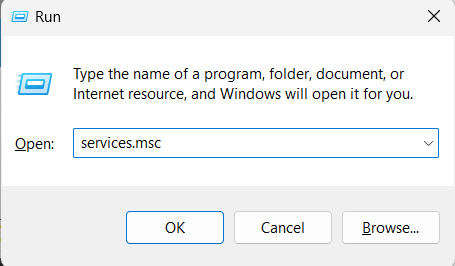
- Locate the following services:
- Background Intelligent Transfer Service (BITS)
- Cryptographic Services
- Windows Update
- MSI Installer
- Right-click on each service and select Restart.
- After restarting all the services, try running Windows Update again.
This method can often fix problems caused by malfunctioning update services.
#3. Reset Windows Components to Solve Your Problem
Resetting Windows Components can often fix Windows Update issues. This process is similar to the previous one, but it’s done through the Command Prompt. Here’s how:
- Press Windows key + R and type cmd to open the Command Prompt.
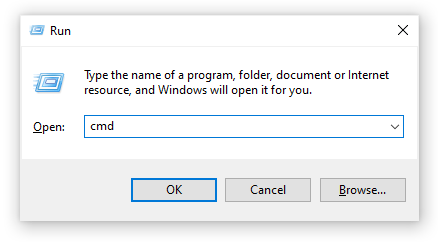
- Stop Windows components by entering the following commands, pressing Enter after each one:
- net stop bits
- net stop wuauserv
- net stop appidsvc
- net stop cryptsvc
- Rename the software distribution folder by typing the following command and pressing Enter:
- Ren C:\Windows\SoftwareDistribution SoftwareDistribution.old
- Rename the catroot2 folder by typing this command and pressing Enter:
- Ren C:\Windows\System32\catroot2 Catroot2.old
- Restart Windows components by entering these commands and pressing Enter after each one:
- net start bits
- net start wuauserv
- net start appidsvc
- net start cryptsvc
- Restart your computer and try running Windows Update again to see if the error is resolved.
This method can be an effective solution when facing Windows Update failure errors.
#4. Run the System File Checker (SFC) Scan
A great way to fix Windows Update errors is by running the System File Checker (SFC) scan. This tool scans for and repairs any corrupted or missing system files that might be causing update issues. Here’s how to run the SFC scan:
- Press Windows key + X and select Command Prompt (Admin) or Windows PowerShell (Admin).
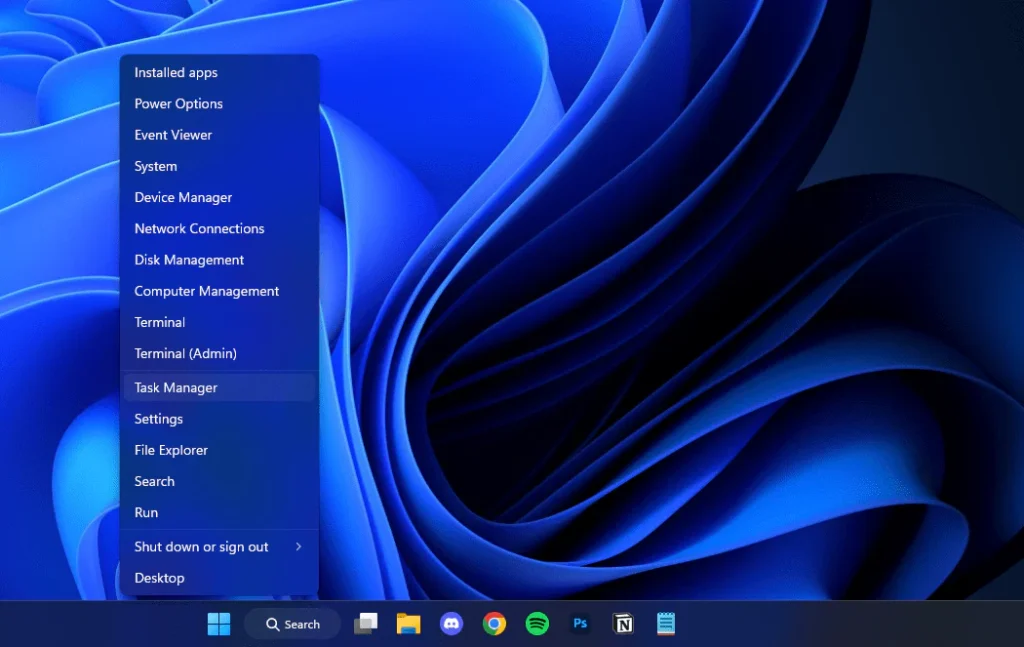
- In the command prompt, type “sfc /scannow” and press Enter. Make sure there’s a space between sfc and the forward slash.
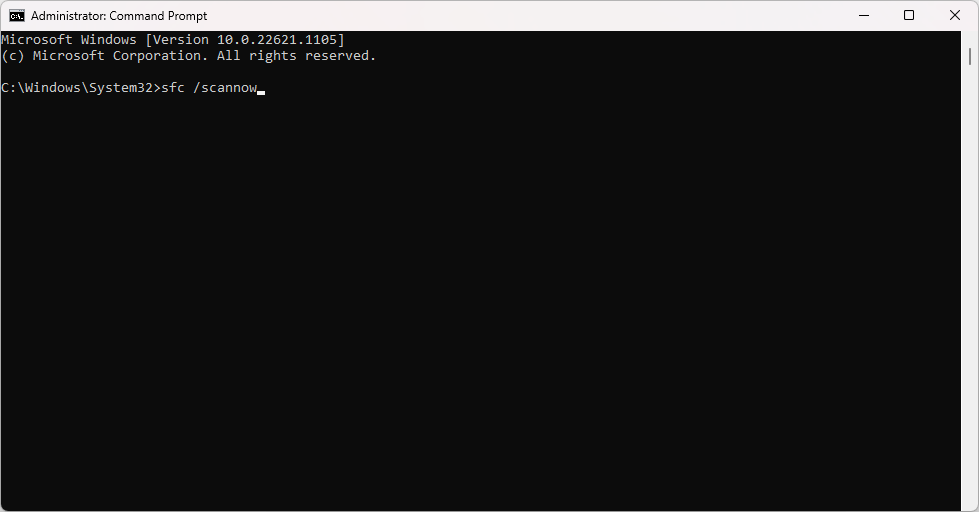
- Wait for the scan to complete (this may take some time).
- Restart your computer and check if Windows Update works now.
Running the SFC scan can often resolve errors that prevent Windows Update from completing successfully.
#5. Execute the DISM Command
If the SFC scan didn’t resolve the Windows Update error, you can try using the Deployment Image Servicing and Management (DISM) command. While similar to SFC, the DISM command can repair any corrupted system image files that might be causing the update issue. To run the DISM command, follow these steps:
- Press Windows key + X and select Command Prompt (Admin) or Windows PowerShell (Admin).

- In the command prompt, type “DISM /Online /Cleanup-Image /RestoreHealth” and press Enter. Make sure there’s a space before every forward slash.
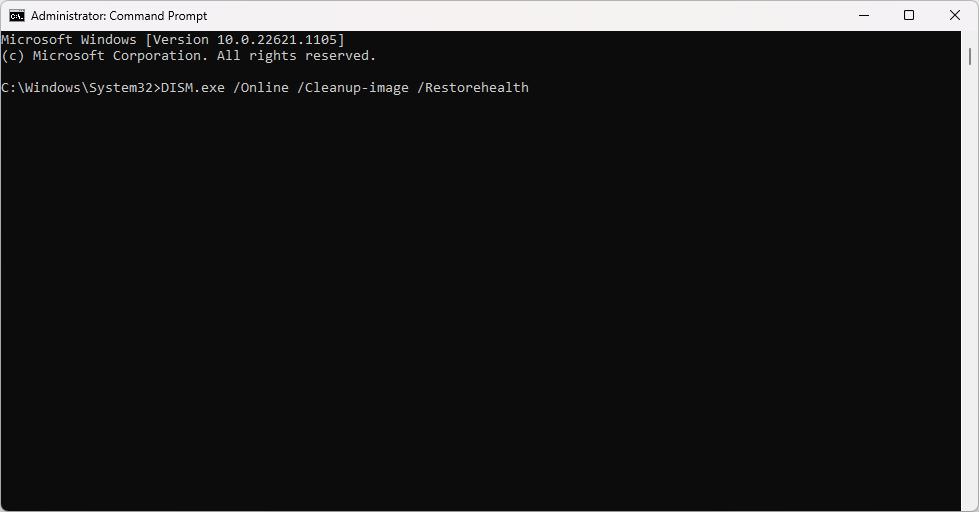
- Wait for the scan to complete (this may take some time).
- Restart your computer.
Running the DISM command can help resolve deeper system image issues that affect Windows Update.
#6. Temporarily Disable Your Antivirus
At times, your antivirus software can block or interfere with the Windows Update process. To resolve this, try temporarily disabling your antivirus software and then attempt to run Windows Update again. Here’s how to do it:
- Follow the instructions provided by your antivirus software manufacturer to disable it temporarily.
After disabling your antivirus, try running Windows Update to see if the issue is resolved. Remember to re-enable your antivirus once the update process is complete.
#7. Restore Windows 10 from a Backup
If none of the previous methods fix the Windows Update issue, you can try restoring your Windows 10 system from a backup. This will revert your system to a previous state where Windows Update was functioning correctly. Follow these steps:
- Open the Settings app.
- Click on Update & Security.
- Select Backup.
- Click on Go to Backup and Restore (Windows 7).
- Click on Restore my files.
- Follow the on-screen instructions to restore your system.
Restoring from a backup can help return your system to a state where Windows Update was working properly.
#8. Update Windows Operating System
To avoid future Windows Update errors, it’s essential to keep your Windows operating system up to date. Microsoft frequently releases updates and patches that help fix bugs and improve system performance. Here’s how to check for and install updates:
- Open the Settings app.
- Click on Update & Security.
- Select Windows Update.
- Click on Check for updates.
- If updates are available, click on Download and install.
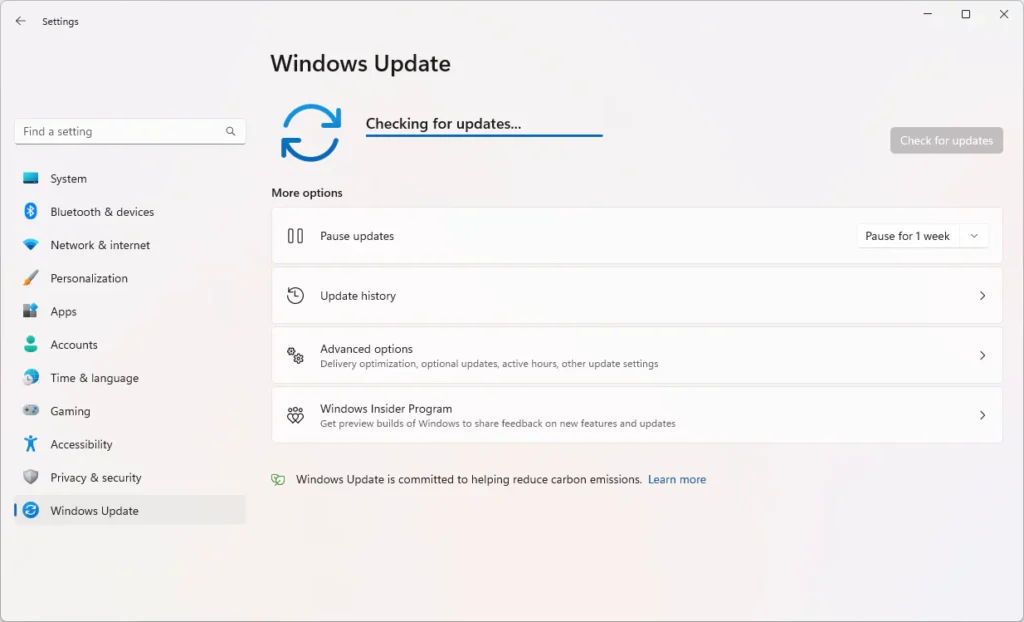
It’s highly recommended to regularly check for updates and install them to prevent future Windows Update errors.
Before you go watch, Windows Updates Failed, Error Encountered | Fix All Windows 11,10 Updates Errors
Final Thoughts
Windows Update failing errors can be frustrating, but there are several methods to resolve the issue.
To fix the problem, you can use the built-in Windows Update Troubleshooter tool, restart Windows Update-related services, reset Windows components, run the System File Checker (SFC) scan, execute the DISM command, temporarily disable your antivirus software, restore Windows 10 from a backup, and update your Windows operating system.
By following these steps, you can get your Windows Update back on track and keep your system secure and up to date.
One more thing
If you’re in search of a software company that embodies integrity and upholds honest business practices, your quest ends here at Ecomkeys.com. As a Microsoft Certified Partner, we prioritize the trust and satisfaction of our customers. Our commitment to delivering reliable software products is unwavering, and our dedication to your experience extends far beyond the point of sale. At Ecomkeys.com, we provide a comprehensive 360-degree support system that accompanies you throughout your software journey. Your trust is our foundation, and we’re here to ensure that every interaction with us is a positive and trustworthy one.

